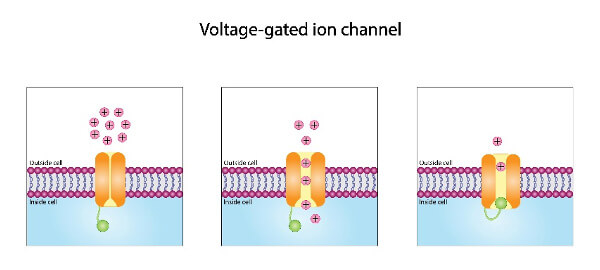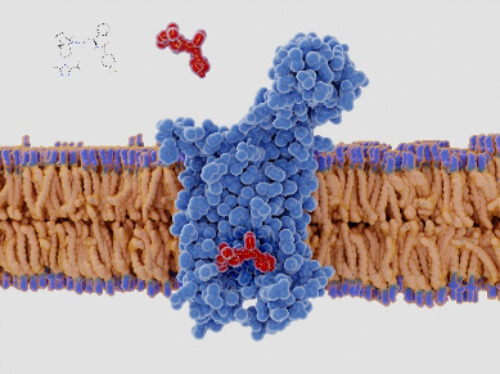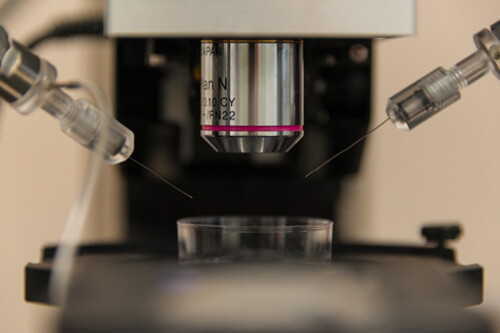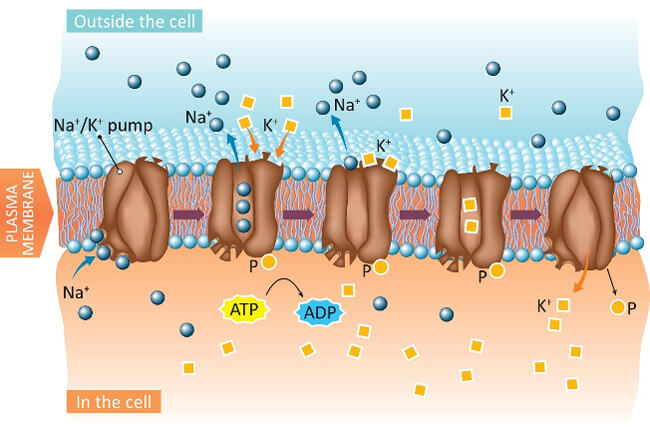| Feature / Parameter |
Patch Clamp |
Voltage-Sensitive Dye (VSD) Assays |
Calcium Flux Assays |
| Principle |
Direct measurement of ionic currents in response to voltage steps |
Detects membrane potential changes using voltage-sensitive fluorescent dyes |
Detects intracellular Ca²⁺ changes using fluorescent Ca²⁺-sensitive dyes |
| Readout |
Current amplitude (pA), gating kinetics, channel conductance |
Fluorescence proportional to depolarization or hyperpolarization |
Fluorescence proportional to Ca²⁺ influx |
| Resolution |
Gold standard, high temporal resolution, detailed gating kinetics |
Good temporal resolution, indirect measure of voltage changes |
Medium resolution, indirect measure of Ca²⁺-permeable channel activity |
| Throughput |
Low (manual), medium–high (automated patch clamp) |
High (96–384–1536 well plate formats) |
High (96–384 well plate formats) |
| Channel Types |
Universal (Na⁺, K⁺, Ca²⁺, Cl⁻ channels) |
Broad, works for channels that cause detectable voltage shifts |
Limited to VGCCs (voltage-gated calcium channels) or channels indirectly triggering Ca²⁺
entry
|
| Kinetics Information |
Full gating kinetics: activation, inactivation, recovery, state-dependence |
Captures fast depolarization events but less detailed than patch clamp |
Limited kinetics, typically peak response |
| Data Quality |
Quantitative, mechanistic, single-cell resolution |
Semi-quantitative, population-based, can be influenced by dye loading efficiency |
Semi-quantitative, only reflects Ca²⁺ signals |
| Complexity |
Technically demanding, requires expertise & specialized equipment |
Easier to implement, compatible with automated plate readers |
Easier to implement, widely used, plate-reader compatible |
| Applications |
Mechanistic studies, ion channel gating, safety pharmacology (e.g., hERG testing) |
High-throughput screening for modulators, membrane potential dynamics |
High-throughput screening for Ca²⁺ channel modulators |
| Advantages |
Precise and versatile; works for all VGICs |
High-throughput, scalable, good for screening |
Cost-effective, scalable, robust for Ca²⁺-channel drug discovery |
| Limitations |
Low throughput unless automated, costly |
Indirect readout, may have background noise and sensitivity issues |
Restricted to Ca²⁺-permeable channels, indirect measurement |





